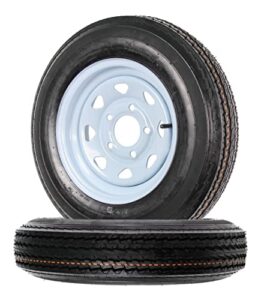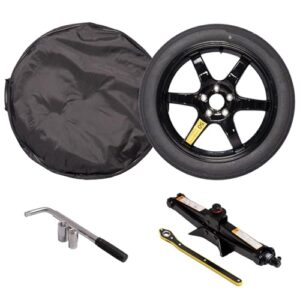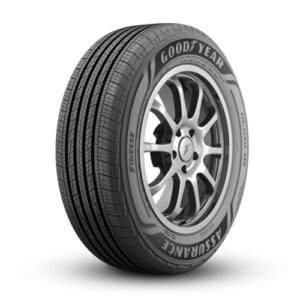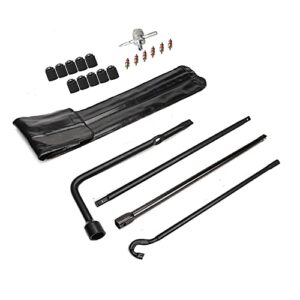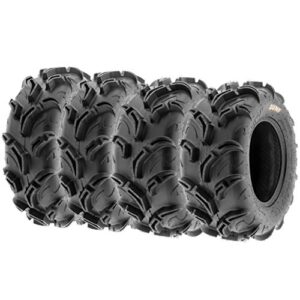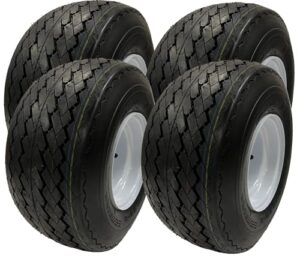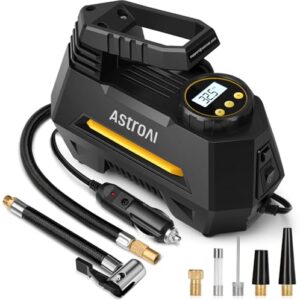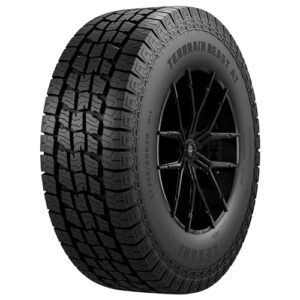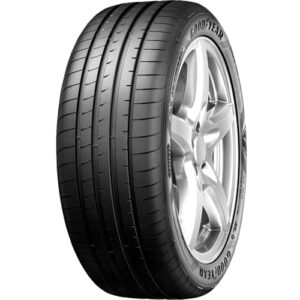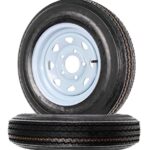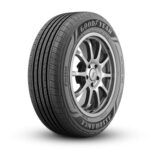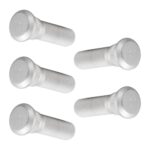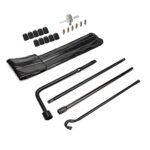To handle a tire blowout, remain calm and maintain a firm grip on the steering wheel. Gradually ease off the accelerator and steer straight.
Experiencing a tire blowout can be a frightening ordeal. Swift and composed actions are crucial for safety. Tire blowouts occur without warning and can lead to loss of vehicle control. Knowing how to handle this emergency can make a significant difference.
Keep a steady grip on the wheel and avoid sudden movements. Gradually slowing down and steering straight helps maintain control. Bring the vehicle to a safe stop on the roadside. Properly inflated and maintained tires reduce the risk. Regular tire checks and preventive measures ensure safer journeys. Stay prepared and informed to handle tire blowouts effectively.

Recognizing A Tire Blowout
Experiencing a tire blowout can be frightening. Knowing how to recognize it is crucial. This can help you react quickly and safely.
Signs Of A Blowout
A tire blowout often gives certain signs. Here are some common indicators:
- Loud Bang or Boom: This is the most noticeable sign. It usually happens when the tire bursts.
- Sudden Loss of Control: Your car may pull sharply to one side.
- Vibration: You may feel intense vibrations through the steering wheel.
- Flapping Noise: A rhythmic flapping noise may follow the initial bang.
Immediate Reactions
Your immediate reactions are critical during a tire blowout. Here are the steps you should follow:
- Stay Calm: Panic can make the situation worse. Take a deep breath.
- Keep a Firm Grip: Hold the steering wheel firmly with both hands.
- Do Not Brake: Braking can cause the car to skid. Instead, let the car slow down naturally.
- Gradually Reduce Speed: Gently ease off the accelerator.
- Steer Straight: Try to keep the car as straight as possible.
- Pull Over Safely: Once under control, signal and move to the side of the road.
Understanding these signs and immediate reactions can save lives. Always be prepared and stay safe.
Maintaining Control Of The Vehicle
Experiencing a tire blowout can be frightening. Keeping control of your vehicle is crucial. Knowing the right techniques helps ensure your safety.
Steering Techniques
Stay calm and hold the steering wheel firmly. Do not slam on the brakes. Gradually ease off the accelerator. This helps slow the vehicle.
Keep the vehicle going straight. Small steering adjustments are best. This prevents losing control.
Avoiding Overcorrection
Overcorrection can cause more harm. Gently steer the vehicle. Avoid sudden, sharp movements.
If the car swerves, steer in the direction you want to go. This stabilizes the vehicle.
| Do | Don’t |
|---|---|
| Hold the steering wheel firmly | Panic or make sudden moves |
| Ease off the accelerator | Slam on the brakes |
| Make small steering adjustments | Overcorrect sharply |
Safely Slowing Down
Experiencing a tire blowout can be frightening. It’s crucial to slow down safely. This helps you maintain control of your vehicle. Let’s explore how to do this effectively.
Gradual Deceleration
When a tire blows out, avoid slamming the brakes. Instead, take your foot off the gas pedal. This will help your car slow down gradually. Keep both hands on the steering wheel. Steer straight to avoid swerving.
Maintain a firm grip. This helps you handle the vehicle better. Keeping calm is essential. Panicking can make the situation worse. Let the car slow down on its own. Using the brakes too quickly can cause a skid.
Using Hazard Lights
Turn on your hazard lights immediately. This warns other drivers of your situation. It makes your car more visible. Other drivers will know to give you space. Hazard lights are crucial for safety.
Find a safe place to pull over. Look for a wide shoulder or an exit. Once stopped, keep your hazard lights on. This continues to alert other drivers. Your safety and theirs are important.
Pulling Over Safely
Experiencing a tire blowout can be frightening. Knowing how to pull over safely can save lives. It is crucial to stay calm and follow these steps to ensure your safety.
Finding A Safe Spot
After a tire blowout, look for a safe spot to pull over. Turn on your hazard lights to alert other drivers. Gradually reduce your speed and avoid sudden movements. Aim for the shoulder of the road or a nearby parking area. Ensure the spot is visible to oncoming traffic.
| Safe Spot Criteria | Details |
|---|---|
| Visibility | Ensure your car is visible to others. |
| Distance from Traffic | Keep a safe distance from moving vehicles. |
| Flat Surface | Park on a flat and stable surface. |
Exiting The Vehicle
Once you have stopped, exit the vehicle safely. Check the traffic before opening your door. If possible, exit from the passenger side to avoid oncoming traffic. Ensure all passengers do the same.
- Turn on hazard lights.
- Check traffic before exiting.
- Exit from the passenger side if safe.
- Ensure all passengers are safe.
After exiting, move to a safe location away from the vehicle. Call for roadside assistance if necessary. Stay calm and wait for help to arrive.
Changing The Tire
Experiencing a tire blowout can be scary. Knowing how to change the tire can save you. This section will guide you through the necessary steps.
Tools And Equipment
Before starting, gather the essential tools and equipment:
- Spare tire: Always have a properly inflated spare tire.
- Car jack: Use this to lift your car off the ground.
- Lug wrench: This tool helps to remove the lug nuts.
- Wheel wedges: These prevent the car from rolling.
- Flathead screwdriver: Useful for prying off hubcaps.
- Reflective triangles: Place these around your car for safety.
Step-by-step Guide
- Ensure safety: Pull over to a safe, flat location. Turn on hazard lights.
- Apply wheel wedges: Place them behind the tires to prevent movement.
- Remove hubcap: Use the flathead screwdriver to remove the hubcap.
- Loosen lug nuts: Use the lug wrench to turn them counterclockwise. Do not remove them yet.
- Position the jack: Place it under the car frame near the flat tire.
- Lift the car: Use the jack to lift the car until the flat tire is off the ground.
- Remove lug nuts: Finish unscrewing and remove all the lug nuts.
- Remove the flat tire: Carefully pull it off and set it aside.
- Mount the spare tire: Place the spare tire on the wheel studs.
- Tighten lug nuts: Screw them on by hand as tightly as possible.
- Lower the car: Use the jack to bring the car back to the ground.
- Fully tighten lug nuts: Use the lug wrench to tighten them in a star pattern.
- Replace the hubcap: Snap the hubcap back onto the spare tire.
- Check the spare tire: Ensure it is properly inflated before driving.
Changing a tire may seem daunting, but following these steps will make it easier. Always remember to stay calm and act safely.

Seeking Professional Help
Experiencing a tire blowout can be frightening. Knowing when to seek professional help is crucial. This ensures your safety and prevents further damage to your vehicle.
When To Call For Assistance
Not all tire blowouts need immediate professional help. But in many cases, it is safer to call for assistance. Here are some scenarios:
- Severe damage: If the tire is completely shredded.
- Unsafe location: If you are on a busy highway.
- Lack of tools: If you don’t have the necessary tools.
- Personal safety: If you feel unsafe changing the tire yourself.
Towing Services
In some cases, your car might need to be towed. Towing services can help you get your car to a safe location. Here is a quick guide on what to expect:
| Service | Description |
|---|---|
| Flatbed Towing | Used for severely damaged vehicles. |
| Wheel-Lift Towing | More affordable, lifts the front or back wheels. |
| Integrated Towing | Best for heavy-duty vehicles. |
Always have a reliable towing service number handy. This can save you time and stress during emergencies.
Remember, your safety should always come first. Don’t hesitate to call for professional help during a tire blowout.
Preventing Future Blowouts
Experiencing a tire blowout can be a terrifying event. It’s important to take steps to prevent this from happening again. By following a few simple guidelines, you can ensure your tires remain in good condition and avoid unexpected blowouts.
Regular Inspections
Regularly inspecting your tires is the first step in preventing blowouts. Check for any visible damage, such as cuts or punctures. Look for signs of wear and tear on the tread. Use a tire pressure gauge to check the air pressure.
- Inspect tires for cuts and punctures
- Check tread wear
- Use a tire pressure gauge
Perform these inspections at least once a month. This helps catch any issues early.
Proper Tire Maintenance
Maintaining your tires properly can greatly reduce the risk of blowouts. Ensure your tires are always inflated to the correct pressure. Under-inflated tires can overheat and blow out. Over-inflated tires can also be a problem.
| Action | Frequency |
|---|---|
| Check air pressure | Monthly |
| Rotate tires | Every 6,000 miles |
| Align wheels | Annually |
| Balance tires | Every 12,000 miles |
Keep your tires balanced and aligned. This helps them wear evenly and last longer. Rotate your tires every 6,000 miles to ensure even wear.
Follow these maintenance steps to help prevent future tire blowouts.
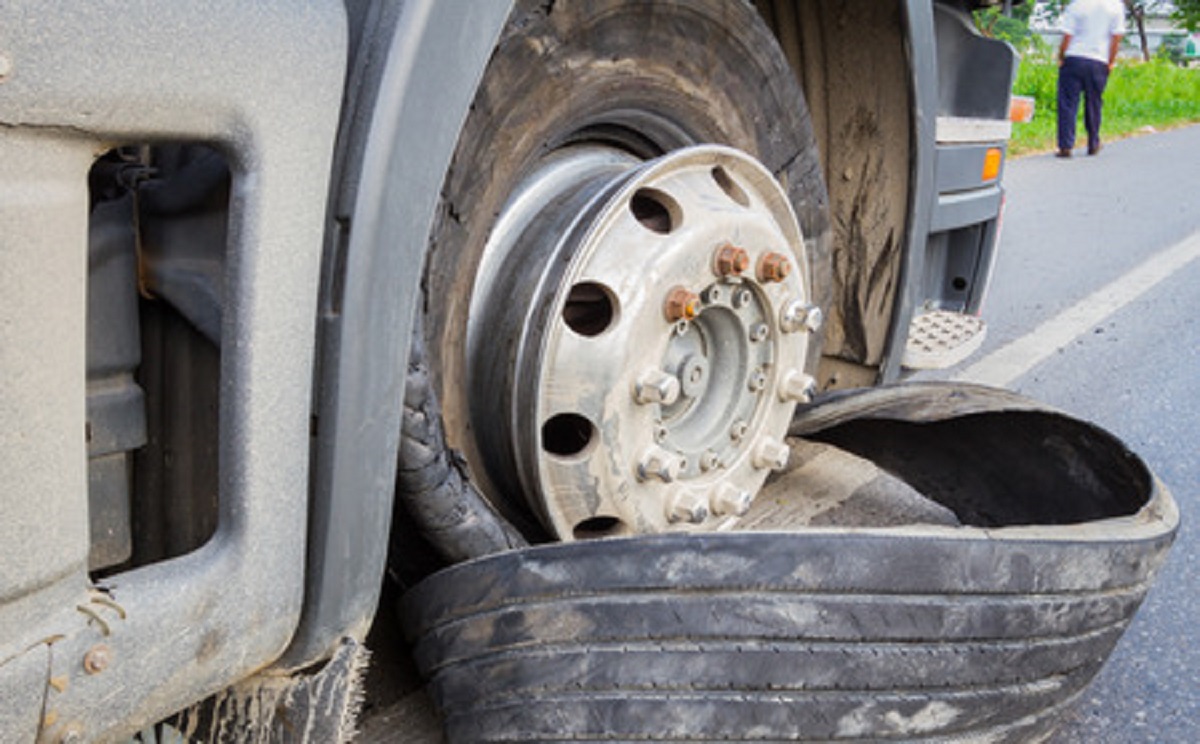
Emergency Kit Essentials
Handling a tire blowout can be stressful. Being prepared with the right emergency kit can make a big difference. Let’s discuss what you need in your kit and the importance of preparation.
What To Include
Creating an emergency kit is simple. Below are the essentials:
- Spare Tire: A properly inflated spare tire is crucial.
- Jack and Lug Wrench: You need these to change the tire.
- Flashlight: Helps you see in low light conditions.
- Gloves: Protect your hands while working.
- Reflective Triangle: Alerts other drivers to your presence.
- Tire Pressure Gauge: Ensures your spare tire is correctly inflated.
- First Aid Kit: For minor injuries that may occur.
- Blanket: Keeps you warm if stranded in cold weather.
Importance Of Preparation
Being prepared can save time and reduce stress. Always check your emergency kit regularly. Make sure all items are in good condition. Practice changing a tire before an emergency happens. Knowing how to use your tools can make a big difference.
Preparation can also ensure your safety. A well-stocked kit helps you handle unexpected situations. It reduces the risk of further damage to your vehicle. It also helps you avoid dangerous situations on the road. Always carry your emergency kit in your vehicle. Make it a habit to check it often.
| Item | Purpose |
|---|---|
| Spare Tire | Replacement for a blown tire |
| Jack and Lug Wrench | Tools to change the tire |
| Flashlight | Illumination in low light |
| Gloves | Protect hands while working |
| Reflective Triangle | Alert other drivers |
| Tire Pressure Gauge | Check tire inflation |
| First Aid Kit | For minor injuries |
| Blanket | Keep warm in cold weather |
Remember, an emergency kit is a vital part of safe driving. Always be ready for unexpected tire blowouts. Stay safe on the road.
Frequently Asked Questions
What Are 3 Things You Should Do If Your Tire Blows?
1. Stay calm and keep a firm grip on the steering wheel. 2. Gradually slow down and move to a safe location. 3. Turn on hazard lights and call for roadside assistance.
What Is The Safest Action To Take If A Tire Blows Out?
Stay calm, grip the steering wheel firmly, and gradually reduce speed. Avoid sudden braking. Pull over to a safe location.
Should You Handle A Tire Blowout Like A Skid?
No, handle a tire blowout differently. Grip the steering wheel firmly and avoid sudden braking. Gradually slow down.
How Do You Handle A Tire Burst?
Stay calm and keep a firm grip on the steering wheel. Gradually slow down and pull over safely. Turn on hazard lights. Replace the burst tire with a spare or call for roadside assistance. Ensure the new tire is properly inflated before resuming your journey.
Conclusion
Handling a tire blowout can be stressful, but staying calm is crucial. Follow the steps outlined to ensure safety. Regularly check your tires to prevent blowouts. Proper maintenance and quick reactions can make all the difference. Stay prepared and drive safely to avoid unexpected incidents on the road.




